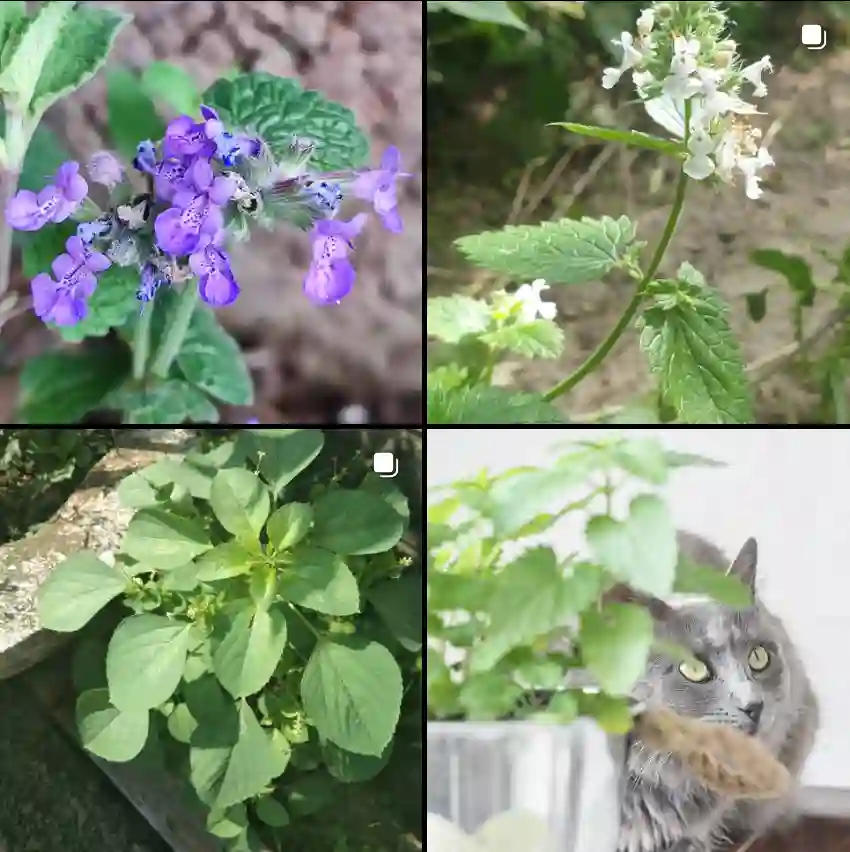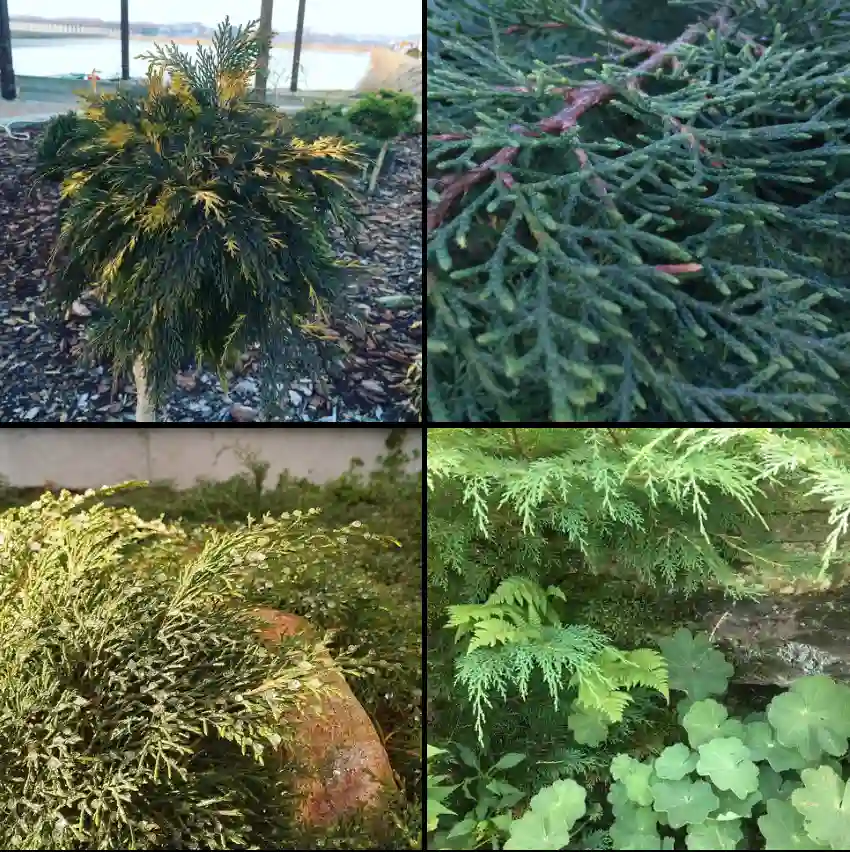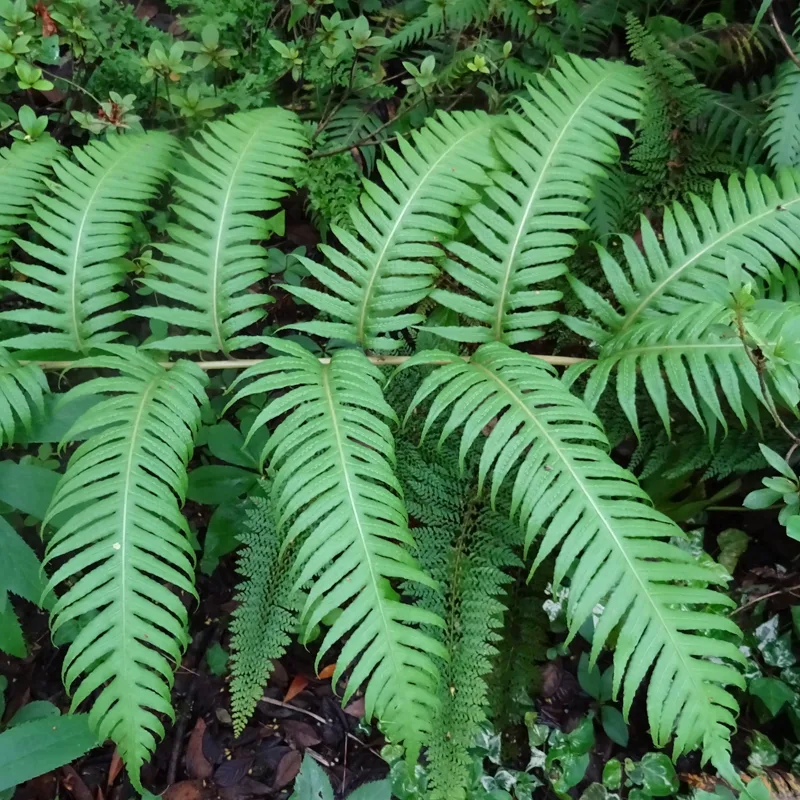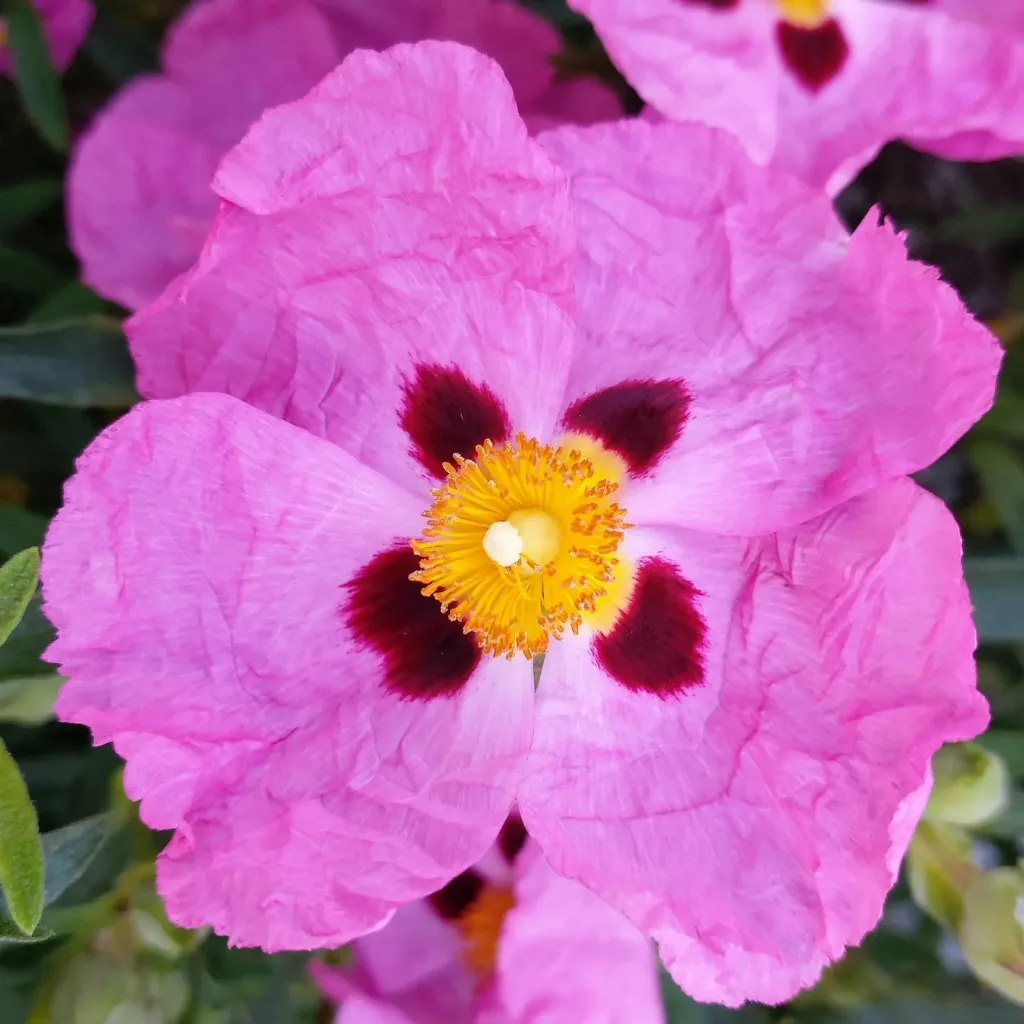September 5 – Diervilla "Diervilla, the bush honeysuckle, defines September 5." Diervilla symbolizes adaptability and connection. You form bonds effortlessly and thrive in diverse communities. Like this hardy shrub, your resilience is admirable.
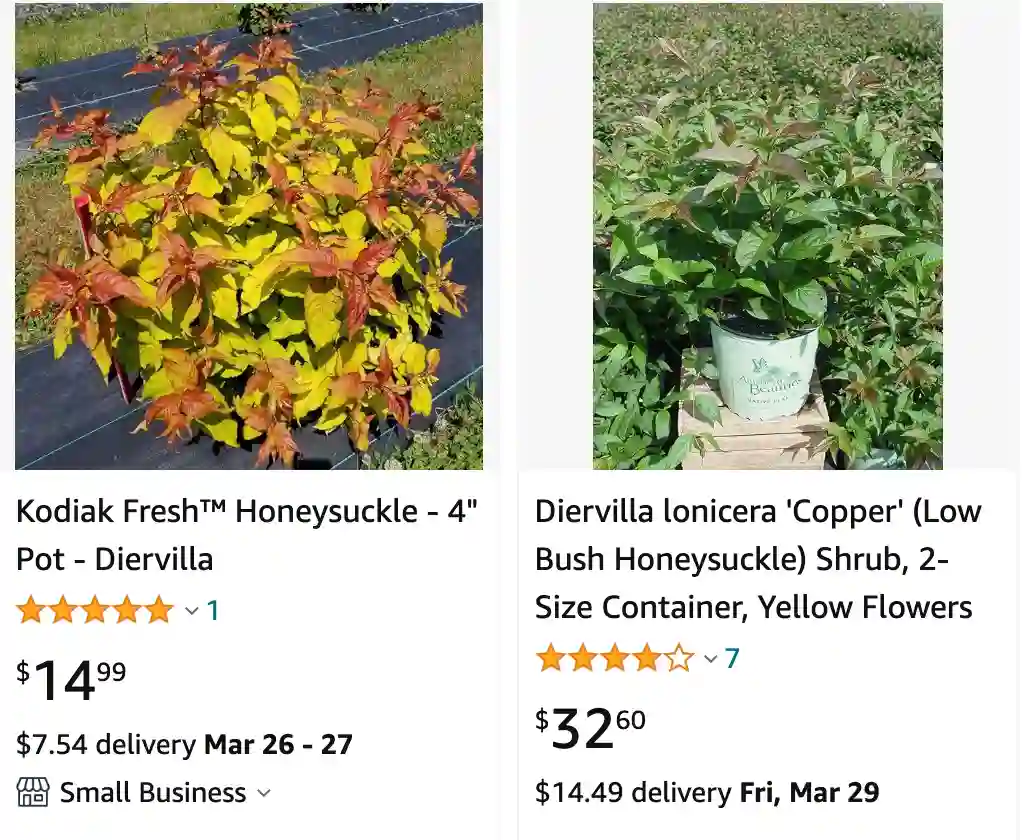
Diervilla: A Gardener’s Delight
My garden is my sanctuary, a place where I can lose myself in the beauty of nature. Over the years, I’ve developed a deep appreciation for the diverse world of plants, each with its unique characteristics and charm. Among my favorites is the genus Diervilla, a group of hardy and attractive shrubs native to North America.
Diervilla, commonly known as bush honeysuckle, is a member of the Caprifoliaceae family. These deciduous shrubs are admired for their vibrant foliage, showy flowers, and ability to thrive in various conditions. In this article, I will share my knowledge and experiences with Diervilla, exploring its different species, cultivation tips, and reasons why I believe it deserves a place in every garden.
A Closer Look at Diervilla Species
The genus Diervilla comprises three primary species, each with distinct features:
- Diervilla lonicera: This species, also known as northern bush honeysuckle, is the most widespread. It typically grows 2-4 feet tall and features yellow, funnel-shaped flowers that bloom in early summer. Plant FAQs: Diervilla Lonicera – Northern Bush Honeysuckle
- Diervilla sessilifolia: Commonly known as southern bush honeysuckle, this species is characterized by its smooth leaves and sulfur-yellow flowers. It thrives in moist, shady environments. Plant FAQs: Diervilla Sessilifolia – Southern Bush Honeysuckle
- Diervilla rivularis: This species, known as mountain bush honeysuckle, is native to the Appalachian Mountains. It is the largest of the three, reaching up to 5 feet tall, and boasts attractive bronze-colored foliage.
Is Diervilla deer resistant?
Diervilla, also known as bush honeysuckle, is generally deer resistant in my experience. I’ve noticed that while the deer nibble on various plants in my garden, they tend to leave the Diervilla alone. This has been a real plus, especially since other plants I’ve tried haven’t fared as well against our local deer population.
Is Diervilla invasive?
From what I’ve observed and read, Diervilla isn’t considered invasive. It does spread by rhizomes, which means it can form dense thickets over time, but it hasn’t taken over areas aggressively like some truly invasive species. In my garden, it fills in nicely without crowding out other plants.
When to prune Diervilla?
I usually prune my Diervilla in late winter or early spring. This timing works well because the plant is still dormant, and I can shape it before new growth begins. I’ve found that pruning it early helps it maintain a neat appearance and promotes healthier growth throughout the growing season.
How to prune Diervilla?
When it comes to pruning Diervilla, I start by removing any dead or damaged branches first. Then, I thin out some of the older stems to allow light and air to reach the center of the plant. Finally, I shape it by trimming back the remaining branches to the desired height and width. This method keeps the plant looking tidy and encourages vigorous new growth.
Is Diervilla a native to USA plant?
Diervilla is indeed a native plant to the USA. It’s actually native to the eastern part of the country. Knowing that it’s a native species makes me feel good about having it in my garden because it supports local ecosystems and is well-adapted to the local climate and soil conditions.
Is Diervilla poisonous to dogs?
I’ve looked into whether Diervilla is poisonous to dogs, and it seems that it’s not toxic. My dog has occasionally brushed against it without any issues, and I haven’t found any warnings in the gardening resources I trust. It’s reassuring to have plants in the garden that are safe for pets.
Is Diervilla toxic?
Overall, Diervilla isn’t toxic to humans or animals. I haven’t had any negative experiences with it, and the research I’ve done confirms that it’s a safe choice for gardens where pets and children play. This peace of mind makes it an even better addition to my landscape.
How to care for Diervilla?
Here’s a guide on how to care for your Diervilla:
Planting:
- Timing: The best time to plant Diervilla is in early spring or fall when the soil is cool and moist. Avoid planting during hot summer months.
- Location: Choose a location with full sun to partial shade. Full sun will promote better flower production and vibrant fall foliage. The plant tolerates some shade but may flower less.
- Soil: Diervilla thrives in well-draining, fertile soil. If your soil is heavy clay, amend it with compost or other organic matter to improve drainage.
Watering:
- Water regularly during the first growing season (after planting) to help the plant establish a strong root system. Aim to keep the soil consistently moist but not soggy.
- Once established, Diervilla is fairly drought tolerant. However, water deeply during dry periods, especially during hot summers, to prevent the plant from wilting.
Fertilizing:
- Diervilla is not a heavy feeder. A single application of a balanced fertilizer in early spring is sufficient for most established plants.
- You can also use organic fertilizer like compost around the base of the plant in spring.
Additional Tips:
- Diervilla can sucker and spread over time. If you want to control its spread, you can dig up and remove unwanted suckers or plant the shrub in a pot or raised bed.
- Diervilla is generally pest and disease resistant. However, watch out for common garden problems like aphids, scale insects, and fungal diseases.
If i die, water my plants!
